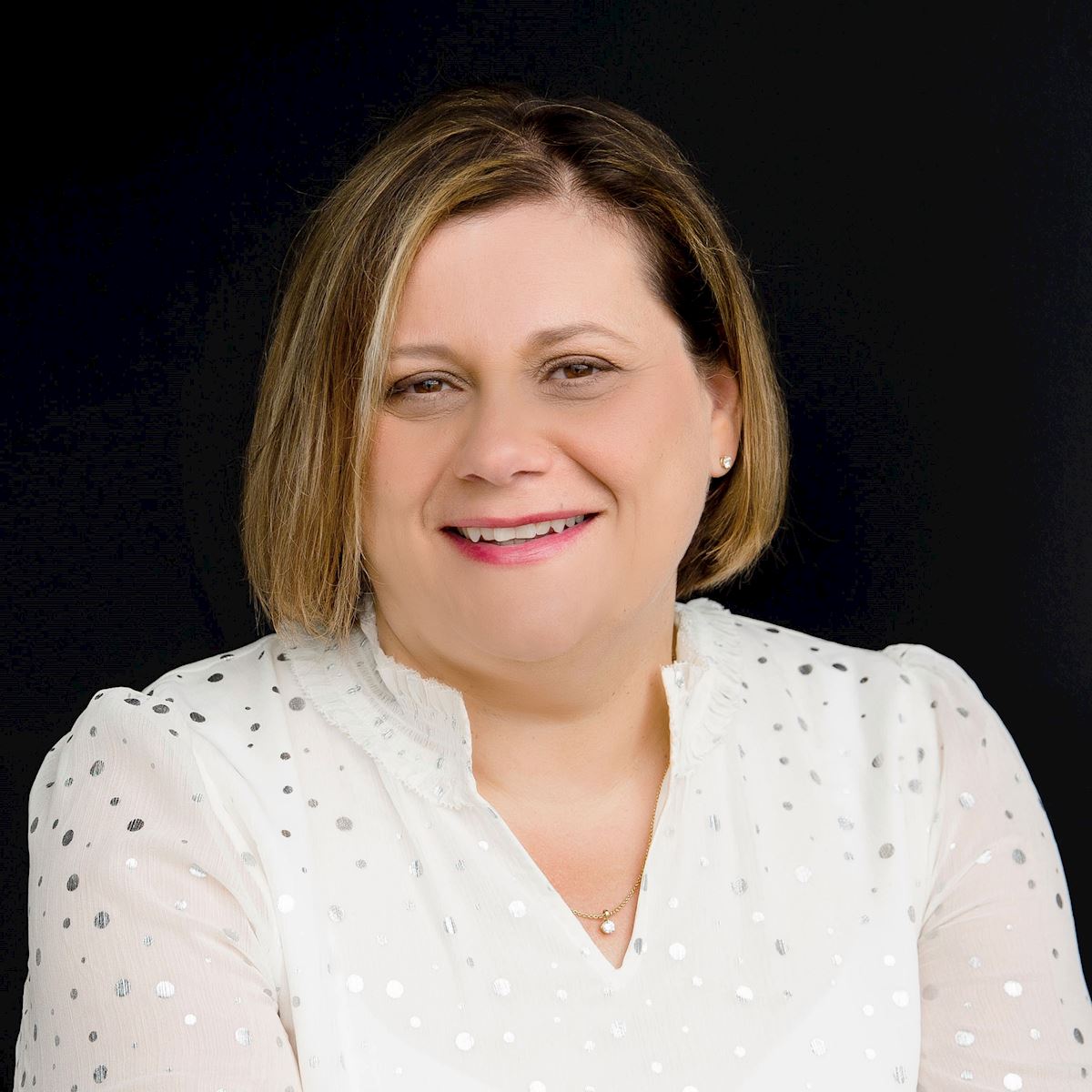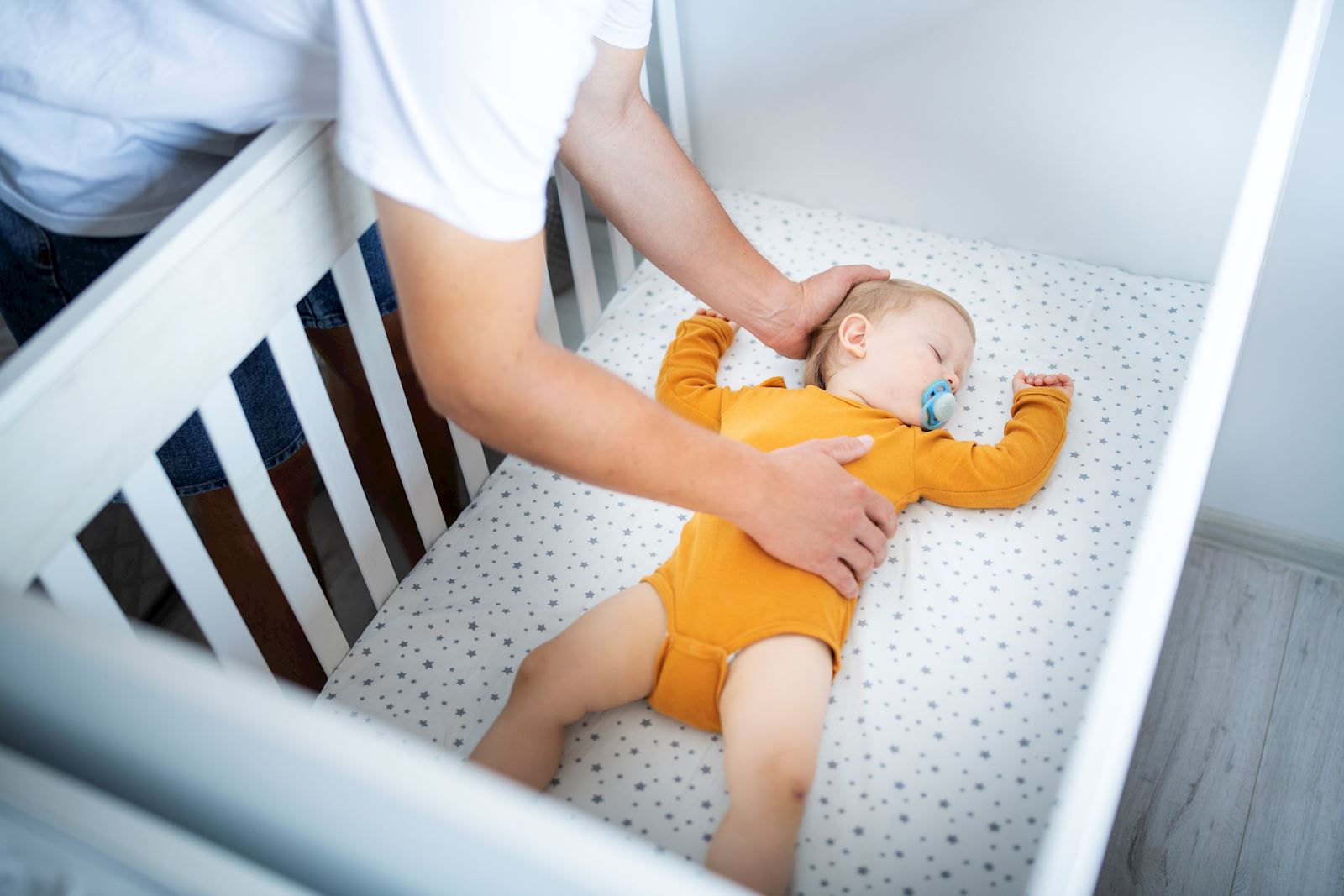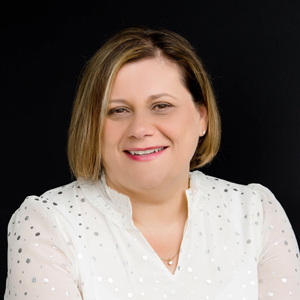Following safe sleep practices can help your baby sleep safely – and give you peace of mind. Safe sleep can reduce the risk for Sudden Infant Death Syndrome (SIDS) and other sleep-related infant deaths. North Waukee Pediatrician Dr. Shauna Baker explains the ABCs of a safe sleep environment for your baby.
What is sudden infant death syndrome (SIDS)?
Sudden Infant Death Syndrome, also known as SIDS, is the sudden and unexplained death of a healthy baby, usually less than one year old. While the exact cause of SIDS is unknown, it may be caused by problems in the area of an infant’s brain that controls breathing and waking up from sleep. SIDS is often called “crib death” because infants often die in their cribs.
How can I reduce the risk of SIDS?
To reduce the risk of SIDS, follow the ABCs of safe sleep:
A – Alone
According to the American Academy of Pediatrics, for the first six to twelve months, you should not co-sleep or sleep in the same bed as your infant. Instead, place your baby’s crib, bassinet or portable crib in your bedroom, close to your bed. Baby should not sleep on a couch, chair, bed or other surface alone or with anyone else.
“When it is time for your baby to sleep, the safest place for them is in their own crib or bassinet,” says Dr. Baker. “In the first few months, room sharing is good, but your baby should not sleep in your bed. Instead, you can have them close by at your bedside in their own secure crib. Enjoy snuggling time with your little one when you are both awake!”
B – Back
Until their first birthday, your baby should sleep flat on their backs for all sleep times – including naps and at night. Placing baby on their back reduces the risk of rolling onto their stomach.
“The safest position for your baby to sleep is on their back,” says Dr. Baker. “This position is supported by numerous studies and expert recommendations, making it one of the most important steps in reducing the risk of SIDS and ensuring your baby’s safety while they sleep.”
Some parents may worry that babies will choke when on their backs, but the baby’s airway anatomy and gag reflex will keep that from happening.
C – Crib
Your baby should sleep in a crib, bassinet, portable crib, or play yard that meets the safety standards of the Consumer Product Safety Commission, along with a flat, firm mattress, secure sides and only a tight fitted sheet.
Soft objects, loose bedding or any objects that could increase the risk of suffocation or strangulation should be kept out of the crib until age 1. Examples include:
- Blankets or quilts
- Soft mattresses
- Loose bedding
- Stuffed animals
- Toys
- Bumper pads
“If you worry about your baby getting cold, sleep sacks are great,” says Dr. Baker. “A wearable blanket, dressing your baby in layers and keeping the room temperature between 68 and 72 degrees helps as well.”
By following the ABCs of safe sleep, you can create a safer environment for your baby and reduce the risk of SIDS and other sleep-related infant deaths. If you have questions or concerns about the safety of your baby’s sleep environment, talk with one of our board-certified pediatricians or schedule online.


